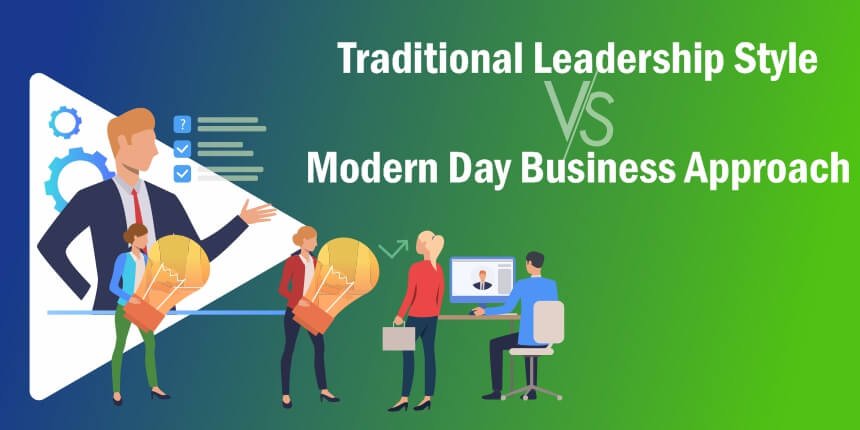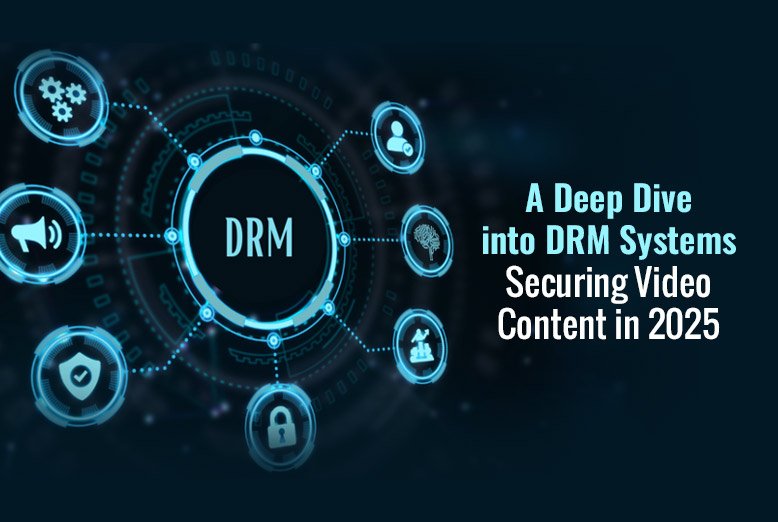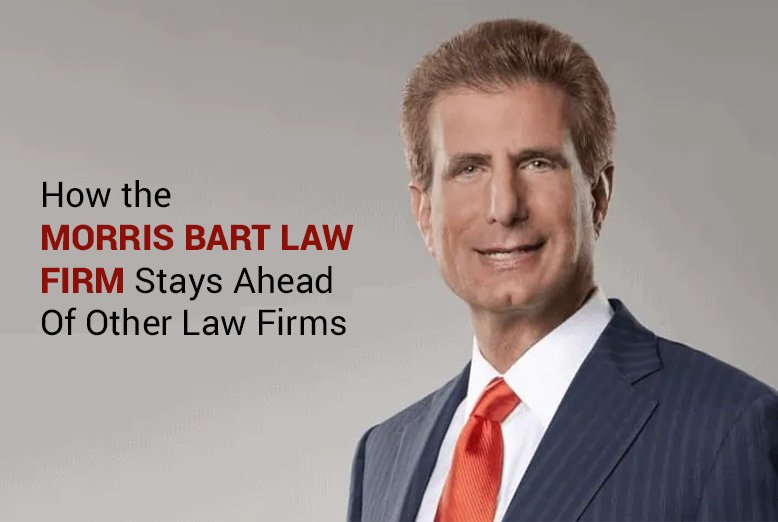One of the excellent contributors in the field of leadership, Steve Jobs had a unique style of bringing out the best in people. He used to challenge his team by letting them try their best to convince him about their great ideas that eventually led them to give positive results. This signifies him as a visionary as well as a great business leader. But what makes Jobs an example of an ideal leader. Let’s take a tour of the history to understand the traditional leadership style versus the modern-day business approach.
Where do Traditional Leadership and new Leadership Qualities collide?
For the last 100 years, humanity has adapted technological, social, and economic reforms willingly and unwillingly. Some sociologists convey that the human race has achieved many great needs while some of them are now recognized as disruptive as well as ahead of time. Integrating traditional leaders into the new technical world is the most challenging part of any leading organization today. Studies have found that these leaders consistently face some of the following challenges.
Impossibly high expectations: There are cases when people have been motivated by impossibly high expectations that influence performance at work. In addition, management techniques such as discipline, punishments, or threats in order to maintain unquestionable regulations are the tactics of traditional leadership. Also known as a directive or command-and-control leadership has roots in the industrial revolution. This outdated dated model enabled businesses of ruling companies to “hire, train, monitor, and deploy people according to their needs whereas the new and progressive model of leadership has unique requirements that are very important for organizations’ success such as inclusion, fairness, and social responsibilities.
Developing managerial effectiveness: Traditional leaders may have their motives correct but they usually fail in their execution process. The most common challenge they face today is developing the relevant skills such as time management, strategic thinking, decision-making, prioritization, and getting up to speed with the job. And even in the midst of these challenges, many organizations are not satisfied with their leadership programs.
Class systems vs. Social equality structures: Companies established during the industrial revolution were structured purposely with the contrast of people based on class systems. Here, groups at the top were generally provided vast advantages over other groups. The old leadership model currently being practiced at some organizations is not much-ensuring employee satisfaction with their jobs. Only a few high ranking positions are getting the rewards while making no room for lower executives. The progressive leadership model does not allow this and often seek to abolish the class systems.
Class systems vs. Social equality structures: Companies established during the industrial revolution were structured purposely with the contrast of people based on class systems. Here, groups at the top were generally provided vast advantages over other groups. The old leadership model currently being practiced at some organizations is not much-ensuring employee satisfaction with their jobs. Only a few high ranking positions are getting the rewards while making no room for lower executives. The progressive leadership model does not allow this and often seek to abolish the class systems.
People always ask what leaders actually do. Are they leading a team or in charge of a large organization or just trying to lead their own life? If all of the above questions are affirmative then how do they actually execute them? What are the desirable practices of leadership? On a continual basis to be able to have the right amount of influence and impact, leaders apply the following 6E’s in their work lives or in any role in which they are leading other people.
Envision: Great business leaders envision a compelling, different, and vibrant future than the current scenario. They have an alternative clear view of what the world could be like tomorrow than it is today. They share their vision with others and take time to sit and think, what should tomorrow look like for the team, for business, and for the organization. The thought process behind this is to envision a bigger picture of the future than it is today.
Enlist: As leaders are developing the vision, enlisting other people is necessary to share their voices, perspective, and dreams. The most important leadership lesson in the world is that people support what they create. If people are involved in the ideation of a vision, figuring out what is that they are about – what do they stand for and where are they going––a great leader enlists what others think and feel about their idea.
Embody: Leaders always embody their message about what they stand for and what is the significance behind it. The basic line is integrity and how they are behaving. People don’t believe in the underlying message unless they believe the messenger. Therefore, it’s the leaders who stand for and demonstrate and portray what an organization should really believe.
Empower: Here, empowerment means to give people the decision-making authority and the trust to be able to work towards the vision. To allow them the autonomy, strength, and input to equip them with the knowledge, skills, abilities, technologies, and training to succeed as they march together with the leaders to achieve something extraordinary and phenomenal.
Evaluate: The hardest thing leaders do is to evaluate the key people who are with them through their contributions, skills, and outcomes. Evaluation is an everyday job for leaders to collect honest, direct, immediate, and constructive feedback from people.
Encourage: Leaders are always motivating, inspiring, and uplifting people on a daily basis. Giving their team members a helping hand, listening to their opinions, and fuelling their confidence is what leaders do. For teams, leaders are the guiding light at the end of the tunnel. Whenever challenges arise in a turbulent sea, leaders stand solid to guide their teams.
Traditional leadership is about control, rules, regulations, and boundaries while the modern business approach is about freedom of thought, room for creativity, the value of the outcome, and a warm welcome for new ideas. Leaders living in the 21st century but following traditional leadership styles are unable to make an impact and influence their team members. They try to burden them with age old rules that don’t sit well with the millennial generation. In the end, employees go in search of a leader, a company, and a mission that can restore their lost faith, confidence and outlook. This is what the modern business approach is all about. Making people, your people; making your vision, a united goal.
You may be interested in reading: The 16 Most Successful Women Entrepreneurs in India















